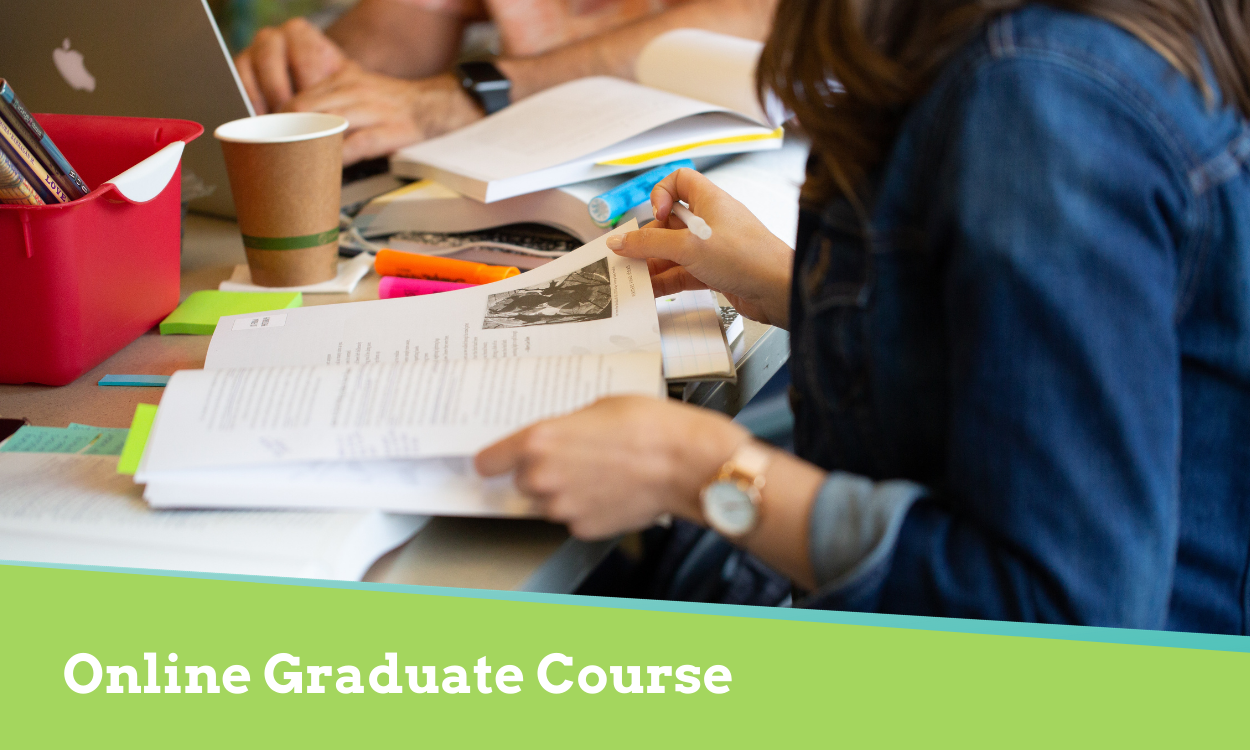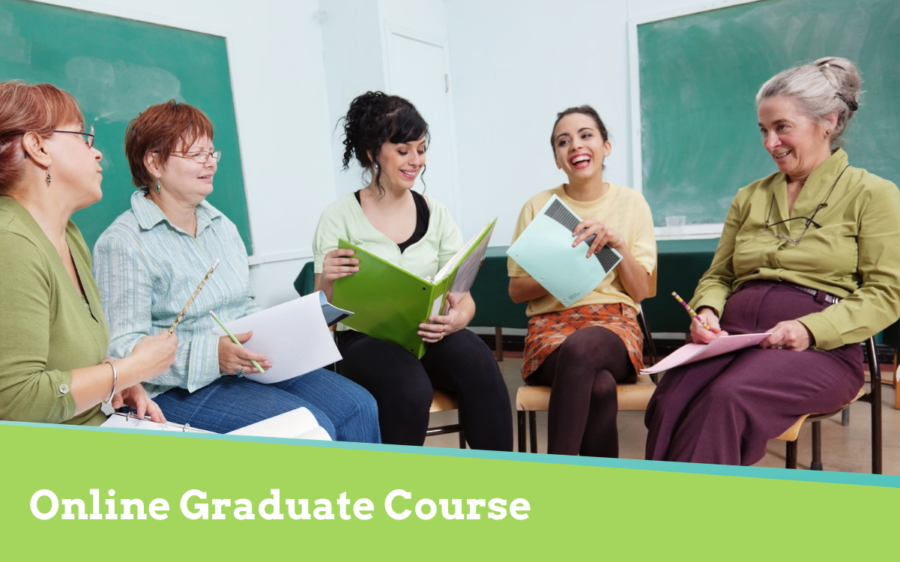Guided Reading: Differentiating Literacy Instruction in Grades 3-8

Learn how to use Guided Reading in your 3-8 classroom.
In this 8-week online course for teachers and literacy educators, learn how to plan for and teach effective small group, differentiated instruction.
- Classroom Teachers & Interventionists
- Literacy Coaches & Teacher Leaders
- Course Number: EEDUC 6045.80
- Fees are subject to change
Guided Reading is an instructional method in which teachers work with small groups of students to support each reader’s literacy development.
In this course, you will take a look at how to use Guided Reading to support readers in grades 3-8. You will discover how to observe and assess students’ reading behaviors, and how your careful selection and analysis of appropriate texts allow you to teach on the edge of students’ learning. Across the eight weeks, you will build an understanding of how to form flexible groups, and how to plan Guided Reading lessons that address the needs of each reader within the group.
You will also learn about the complex nature of the reading process, and how each element of a Guided Reading lesson presents opportunities for teaching and learning that support the varying needs of all students, including students whose first language is not English.
Course Outcomes
- Build knowledge of the reading process and the actions that enable students to become effective readers
- Observe, assess, and analyze students’ reading behaviors to plan for instruction taking into consideration the diverse needs of all students including English Language learners.
- Use the 10 characteristics of texts to analyze books along a gradient of difficulty to consider the supports and challenges that the text offers to readers
- Learn how to choose and introduce appropriate books for Guided Reading instruction based on assessment data
- Examine how each part of a Guided Reading lesson—text introduction, reading the text, discussing the text, and word work—presents opportunities for teaching and learning
- Learn how to group students for Guided Reading instruction based on assessment data
- Identify characteristics of fiction and nonfiction texts to support students as they read in a variety of genres
- Learn how readers’ workshop provides a structure and management system that allows for whole-group, small-group, and individual teaching
Nikki Drury, Literacy Trainer
Nikki worked as a literacy coach and teacher in public school for many years before joining the Center for Reading Recovery and Literacy Collaborative as an Intermediate Trainer. She has experience as a primary and intermediate classroom teacher and literacy instructional coach at the intermediate level. Over the years, she has worked with students, educators, and administrators to improve literacy outcomes.
Required Texts
You are responsible for purchasing/having access to the following professional texts for this course:
- Fountas, I.C. & Pinnell, G.S. (2016). Guided reading: Responsive teaching across the grades. Portsmouth, NH: Heinemann.
- Pinnell, G.S. & Fountas, I.C. (2016). The Fountas & Pinnell literacy continuum: A tool for assessment, planning, and teaching, expanded edition. Portsmouth, NH: Heinemann.
Recommended Texts
- Fountas, I.C. & Pinnell, G.S. (2012). Fountas & Pinnell prompting guide, part one for oral reading and early writing. Portsmouth, NH: Heinemann.
- Fountas, I.C. & Pinnell, G.S. (2012). Fountas & Pinnell prompting guide, part two for comprehension: Thinking, talking, and writing. Portsmouth, NH: Heinemann.
This option must be taken for 3 graduate credits. Take the course individually or as an elective in our 18-credit Online Graduate Certificate in Developing Literacy Expertise Through Responsive Classroom Teaching.


